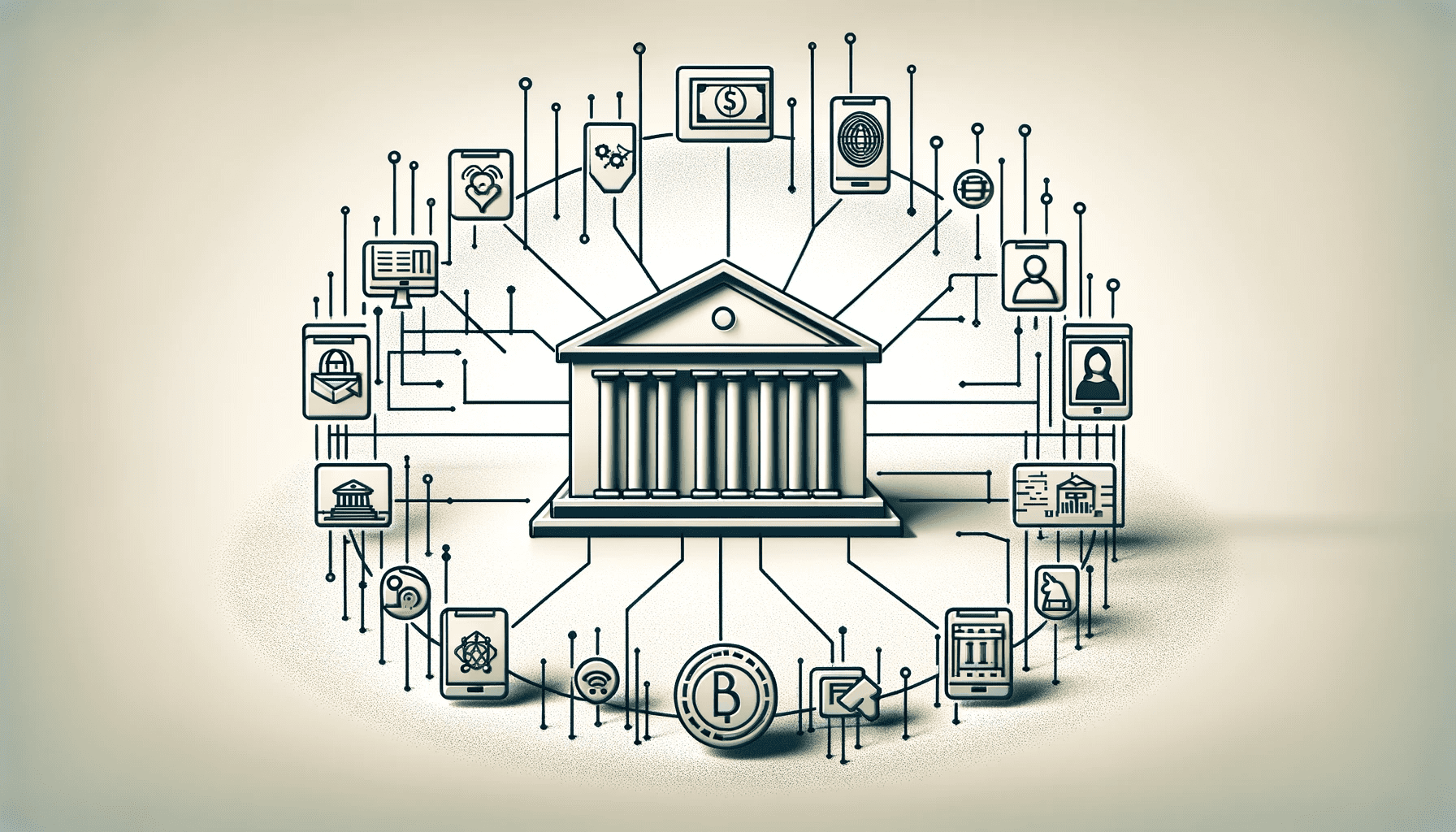money_gate
What is Online Banking?
What is Online Banking?
How Does Online Banking Software Work?
Online banking as service software or Internet banking software is used to access a bank or financial institution’s online banking services. Customers register with the bank for online banking; create a password and fulfil the required customer verification processes then they can access the bank’s online site to make transactions. The credentials necessary to set up access to online banking are not the same as those needed for mobile or telephone banking. In many cases the customer is allocated an online banking account number for internet banking whether or not they have applied for online banking access. Then in the future, if the customer decides to sign up for online banking they already have an account number. The online banking account number is usually different to the customer’s regular account number as multiple account numbers can be linked to one account. The bank can determine which accounts have access to different bank services and products.
What Can You Do with Online Banking?
The financial services and products available through online banking varies between financial institutions. Common financial services available through online banking include making payments; applying for loans; transferring funds; receiving funds and checking your account balance and recent transactions. You can usually download your bank statements or request that a hard copy be posted to you (for a fee). Some financial institutions allow users of online banking to download transactions directly to their accounting software; order cheque books and more. With online banking the amount you are allowed to transfer may be limited and there may be other restrictions imposed.
Internet Banking Systems
Internet banking is possible thanks for software and hardware that enables customers of traditional banks and financial institutions to access their accounts online, safely, easily and fast. With this efficient system bank customers can perform multiple functions; receive online customer service and carry out e-banking transactions without being limited by their location or the time of day. Through e-banking systems account holders can complete and submit bank documents; check their account status; receive financial data and many other financial services and products without visiting the bank’s physical branch.
Why Use e-Banking?
Online banking saves time – you can access your account 24/7 and make transactions anytime.
Online banking is efficient – manage your company’s finances from wherever you are without having to visit the brick-and-mortar bank branch.
E-banking is economical – no more endless trips to the bank, reams of paperwork or slow processes. Time is money and with e-banking you save a lot of time.
Internet banking is streamlined – Preparing payments and other “paperwork” is done through online forms where online banking software can automatically fill-in the mandatory details. This not only saves time it minimizes errors.
Empowering – you don’t need to go into the bank and ask a million questions to get financial information; it is all there for you on the e-banking website.
Internet banking is safe – all your financial information is protected by top security systems.
Core Banking Applications
A core banking application is software that allows the financial institution to make and record transactions made by account holders. The core banking system ensures minimum error; accuracy and efficiency. The most common banking transactions like servicing loans, processing cash deposits and withdrawals are supported by the bank’s core banking system. In short, core banking software is the functionality used to run a bank’s basic systems.
Online banking (also called e-banking, web banking and internet banking) allows customers of traditional banks and financial institutions to make online electronic transactions through the bank’s website. Online banking software is used to connect online banking systems to the core banking system of the traditional bank. Being able to conduct electronic bank transactions via the Internet gives bank customers an additional way of accessing their accounts.








